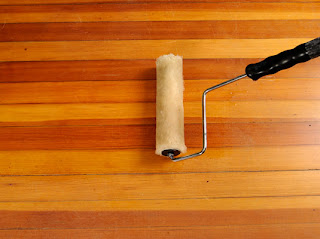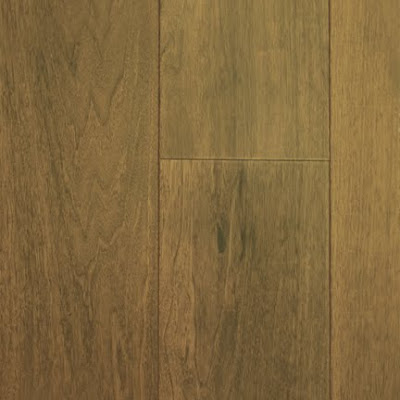Google Insights is a wonderful search analysis tool that allows anyone with a Google account to see the popularity of a certain search term. For instance, by looking up "puppies for sale", you can find that the puppy breeds being searched for most in the US this past week have been bulldogs, pitbulls, huskies, and German sheperds. As purveyors of high-quality wholesale hardwood flooring, we pride ourselves in staying on top of consumer trends and finding out what end-customers are looking for. This allows us to provide our resellers, contractors, and hardwood flooring installation experts the information they need to help their customers.
That being said, we thought it would be fun to find out what have been the most sought-after hardwood flooring varieties in America for the past three months. Using Google Insights, we examined the phrases "hardwood flooring", "hardwood", and "hardwood flooring for sale" to see what searches were trending and what searches were waning. Here are the top five hardwood flooring varieties most searched by Google users since March. Hopefully you can use this information to address your customers' concerns or make suggestions to them. Enjoy!
Bamboo Hardwood Flooring
It's not surprising that bamboo flooring is the most sought-after hardwood flooring material in the country right now. With many Americans looking for eco-friendly, sustainable building materials, bamboo is being used more and more. Being a type of grass, bamboo grows much faster than traditional hardwood species, making it a much faster renewable resource. Bamboo is also very versatile in appearance, coming in colors ranging from dark brown to an almost off-white yellow. It even as a spiritual aspect to it: some cultures believe possessing bamboo allows one to fuse strength and renewability into one's home.
White Oak Hardwood Flooring
White oak flooring has been a favorite in American homes for years, and for good reason. It is bright, versatile, durable, and is naturally resistant to water and rot. Typically light brown in color, white oak hardwood flooring takes well to different color stains and finishes, making it decoratively versatile and complementary to nearly any design scheme.
Brazilian Cherry Hardwood Flooring
One of the toughest exotic hardwoods on the market, Brazilian Cherry flooring is as durable as it is attractive. Ranging in color from light tan to deep red and featuring wavy, often unexpected grain patterns, this species is an eye-catching addition to any room.
Laminate Flooring
While not technically a hardwood product, laminate flooring is still a popular choice among homeowners that want the look and feel of traditional hardwood without the higher up-front costs. While there are many different styles of laminate flooring to choose from, it's important to stress to your customers that laminate does not have the same durability and lifespan as genuine hardwood flooring. While they may save money at the beginning, the cost of replacing laminate flooring can cost a whole lot more than the basic maintenance required to keep hardwood looking new.
Engineered Hardwood Flooring
Not a specific species of hardwood flooring but still quite popular, engineered flooring provides a solid hardwood material that is relatively easy to install and can be installed in any room of the house, including the basement and second stories. Engineered hardwood flooring is also less susceptible to moisture-related problems, making it perfect for bathroom and kitchen applications.
We hope these insights help you serve your customers better. If you have any questions regarding these flooring varieties, contact Wood Monsters today. We look forward to hearing from you.


























